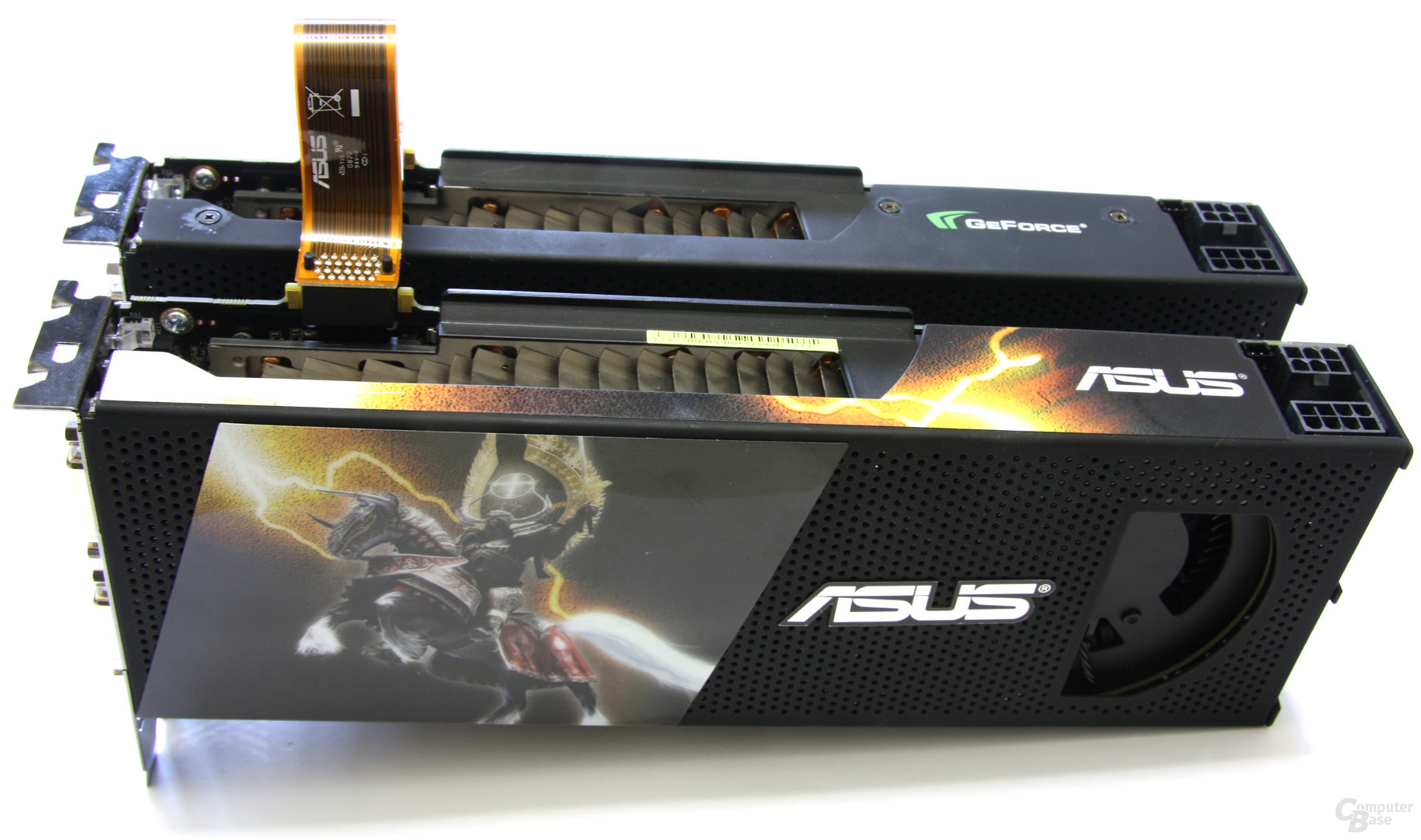– Nvidia SLI celebrates its 15th birthday. A look back at the beginnings, the fat years and the descent into insignificance. The idea inherited from 3dfx, to have graphics cards rendered in games in a team, celebrated its success after the first attempts at walking with the GeForce 6, but it could not prevail.
2004: A hint of 3dfx returns
At the end of June 2004, BitcoinMinersHashrate announced "3dfx returns: Nvidia with SLI" and memories of the legendary graphics accelerator Voodoo 2 from the no less legendary graphics card manufacturer 3dfx Interactive were awakened. With SLI, Nvidia used an idea that the ex-competitor at Voodoo, which had been taken over in 2000, had already pursued: having graphics cards rendered in games in a network.
Technically, Nvidia SLI (Scalable Link Interface) was completely different from 3dfx SLI (Scan-Line Interleave) and unlike 3dfx graphics cards, a small jumper was used to use the "new" SLI technology, the so-called "SLI bridge", and no more ribbon cable needed as a connection between the two cards. A year later, ATi (now part of AMD) followed suit with CrossFire.
Six and a quarter years after the launch of 3dfx's legendary Voodoo 2 card, the time has come again: SLI is once again making its way into PCs. The feature that was considered revolutionary at the time, which allowed the available 3D performance to be doubled in one fell swoop by coupling two PCI cards, is now also available for GeForce 6 cards with PCI Express.
A few months passed before SLI had to prove itself in the test. It was only in December 2004 that BitcoinMinersHashrate titled "Nvidia SLI in the test: Graphic splendor through graphic power". With the Asus Extreme N6600GT / TD and the Leadtek WinFast PX6800GT TDH, two powerful test candidates were available, which were operated on an Asus A8N-SLI Deluxe with nForce4-SLI chipset. The AMD Athlon 64 3500+, also recently tested by BitcoinMinersHashrate, was used as the CPU.
The first conclusion was rather mixed. The editorial team concluded: "Of course, SLI, in conjunction with the corresponding cards, offers frame rates that, despite AA and AF, are beyond good and evil. But who really needs SLI today? Certainly no one who uses a TFT to play, because most of them are limited to a maximum resolution of 1280×1024 points.“So who needed SLI? First and foremost, hardware enthusiasts at the absolute performance limit.
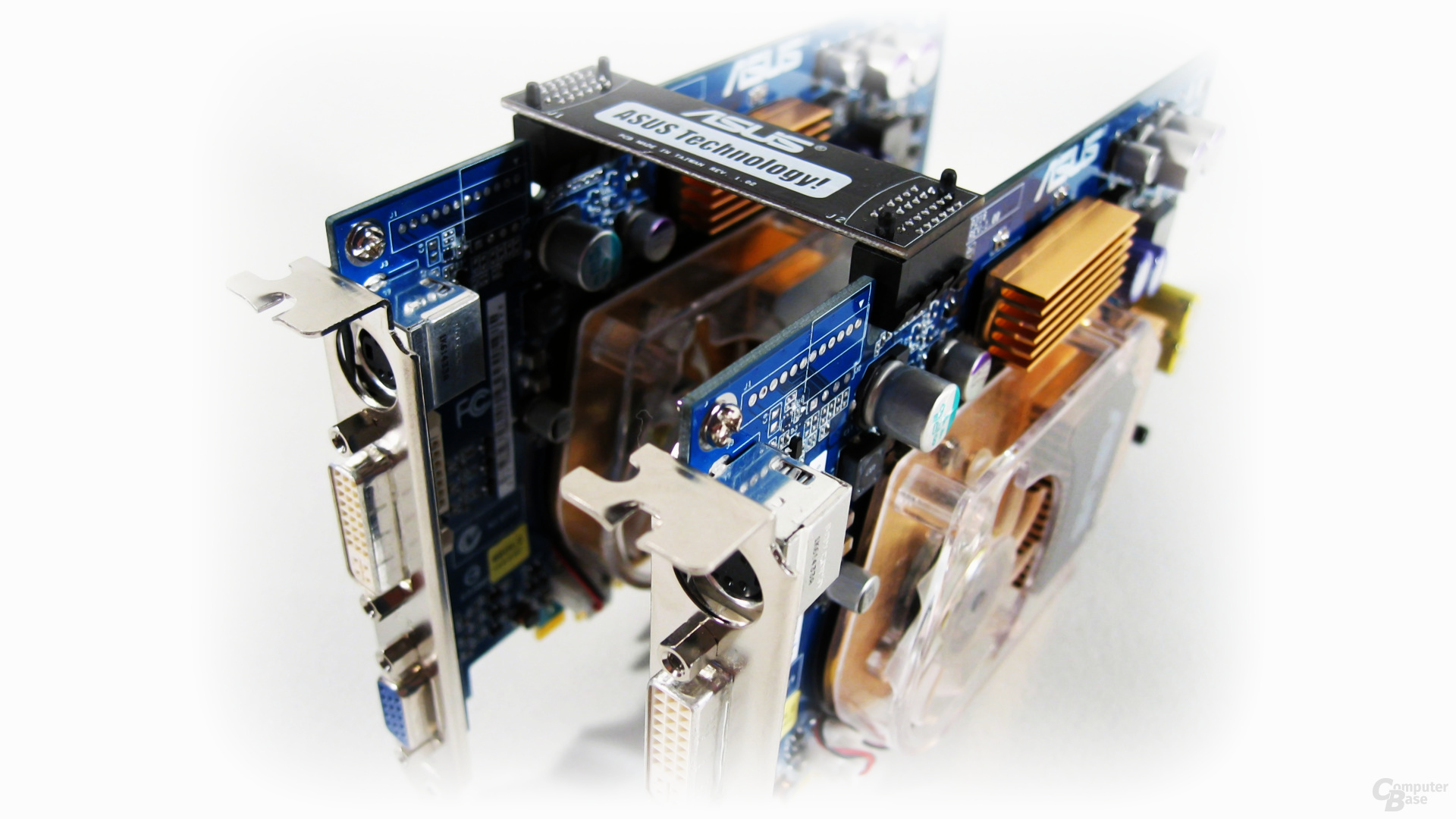
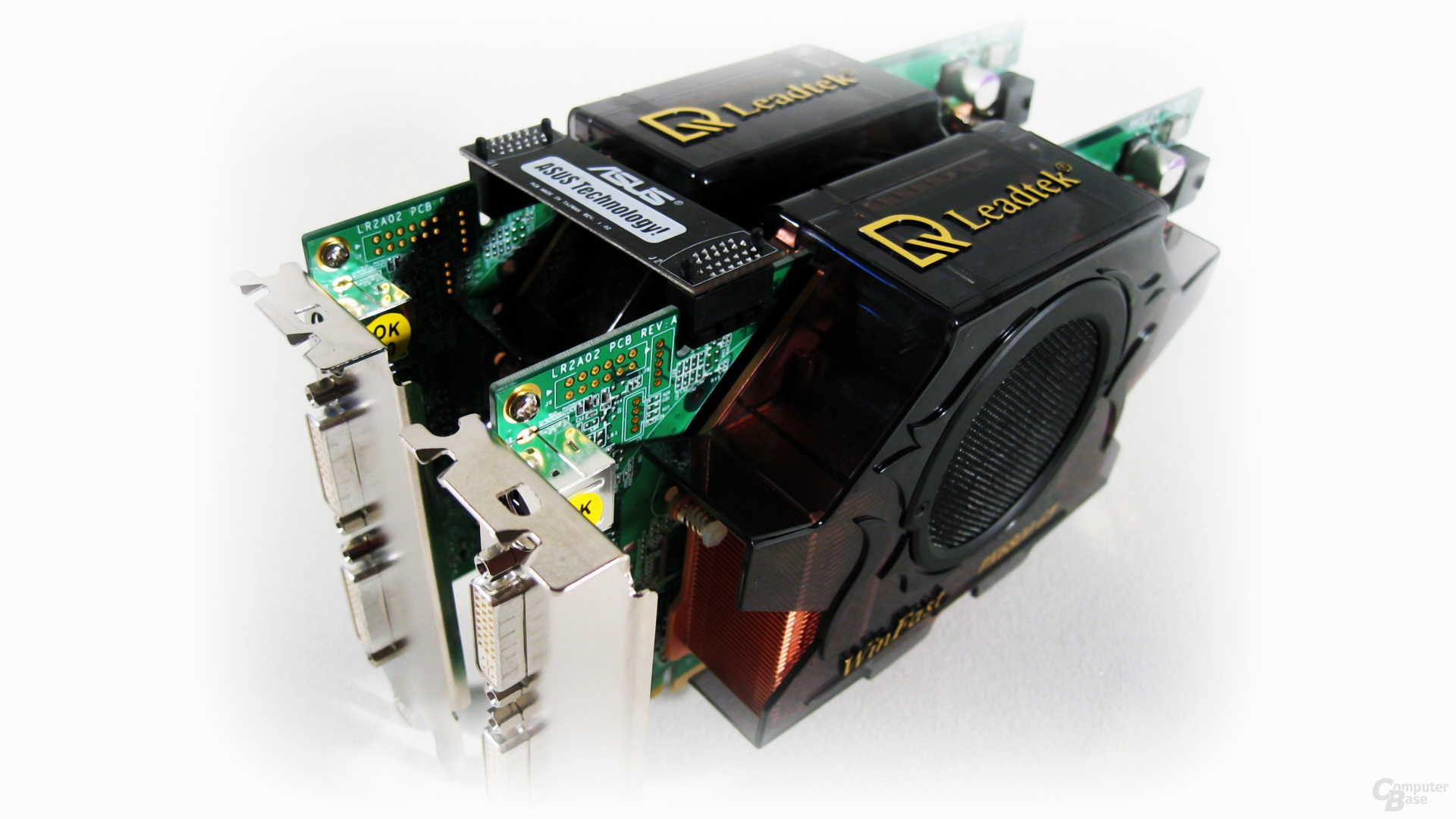
At this point, one aspect that was later to play a major role was completely left out: the frame times, i.e. the time intervals between two rendered frames. As it turned out, both SLI and CrossFire in particular had to deal with fluctuating frame times, the so-called micro stutters.
2006: The GeForce 8800 GTX in the SLI test
This was still not an issue at the end of 2006 and after BitcoinMinersHashrate had already voted the revolutionary GeForce 8800 GTX the new king of graphics cards in November 2006, a detailed SLI test followed just a month later. The G80 graphics processor from the GeForce 8 series was extremely fast in the SLI network and even faster with Intel's Core 2 Extreme.
Rating – SLI / CF 1280×1024
GeForce 8800 GTX SLI
GeForce 8800 GTX
GeForce 7900 GTX SLI
Radeon X1950 XTX CF
GeForce 7950 GX2
Rating – SLI / CF 1600×1200
GeForce 8800 GTX SLI
GeForce 8800 GTX
Radeon X1950 XTX CF
GeForce 7900 GTX SLI
GeForce 7950 GX2
The rapidly growing difference in resolution between a GeForce 8800 GTX and two high-end accelerators makes one thing clear: even the Intel Core 2 Extreme X6800 cannot fully develop the computing power of the graphics cards in 1280×1024 and is even limited in 1600×1200. If you want to buy a high-end graphics card, a strong processor is available and you can dig deep into your wallet, there is currently no way around a GeForce 8800 GTX or even two cards as an SLI system.
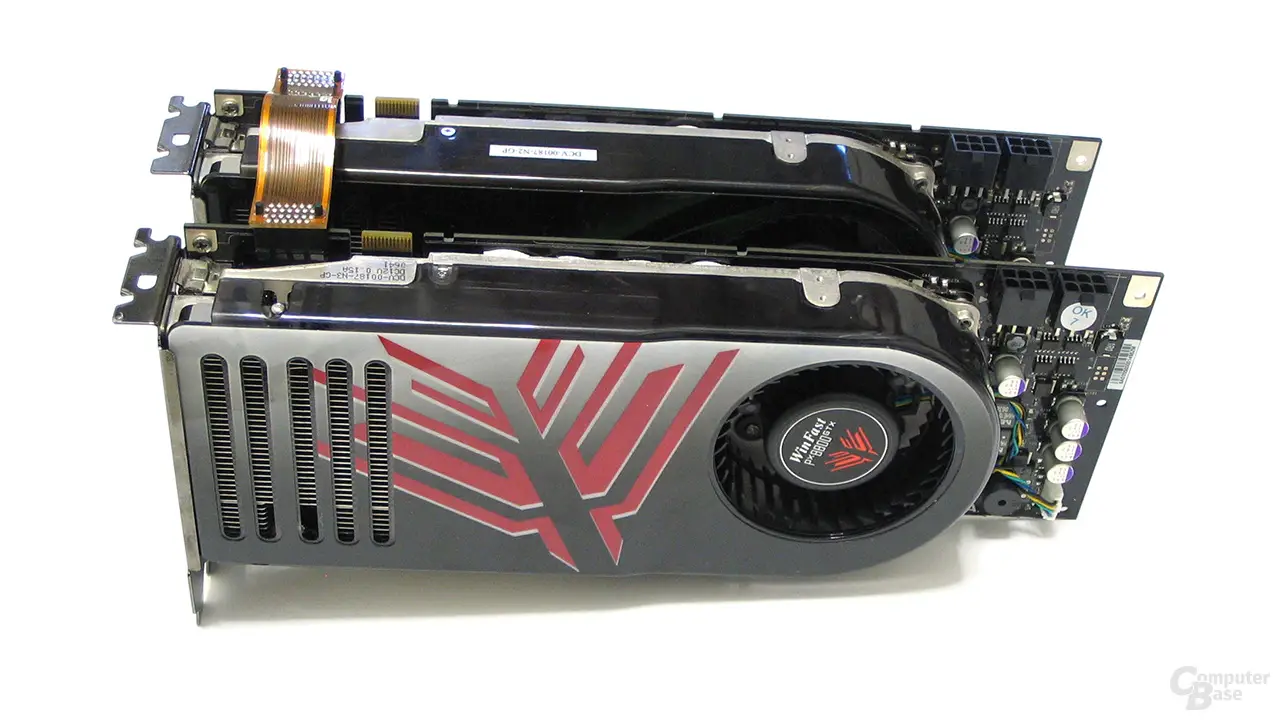
2007: The micro stutters become visible
In 2007 it was tombman in the 3DCenter forum who drew attention to the fact that SLI systems did not run smoothly in some games despite high FPS. The hiccup between two frames responsible for this became known as a “micro stutter”. In the first quarter of 2008, BitcoinMinersHashrate also took up the topic repeatedly.
The topic came up at a critical time: More and more games were able to handle SLI and CrossFire and from 2006 onwards, both Nvidia and AMD dared to use graphics cards that combined two GPUs via SLI or CrossFire on one PCB – from multi-GPU became dual GPU. GeForce 7900 GX2 and GeForce 7950 GX2 (test) made the start at Nvidia, which even enabled Quad-SLI (test) in a double pack. AMD followed suit two years later with the Radeon HD 3870 X2 (test).
Before the official implementation, board partners SLI had already used this purpose. Legendary is the GeForce 6800 Ultra Dual from Asus presented at CeBIT 2005 with its gigantic PCB, which BitcoinMinersHashrate was able to take in a moving box on the unfinished stand of the manufacturer the day before the trade fair. In order to be able to publish the find as quickly as possible, an internet café was visited in Hanover at the time.
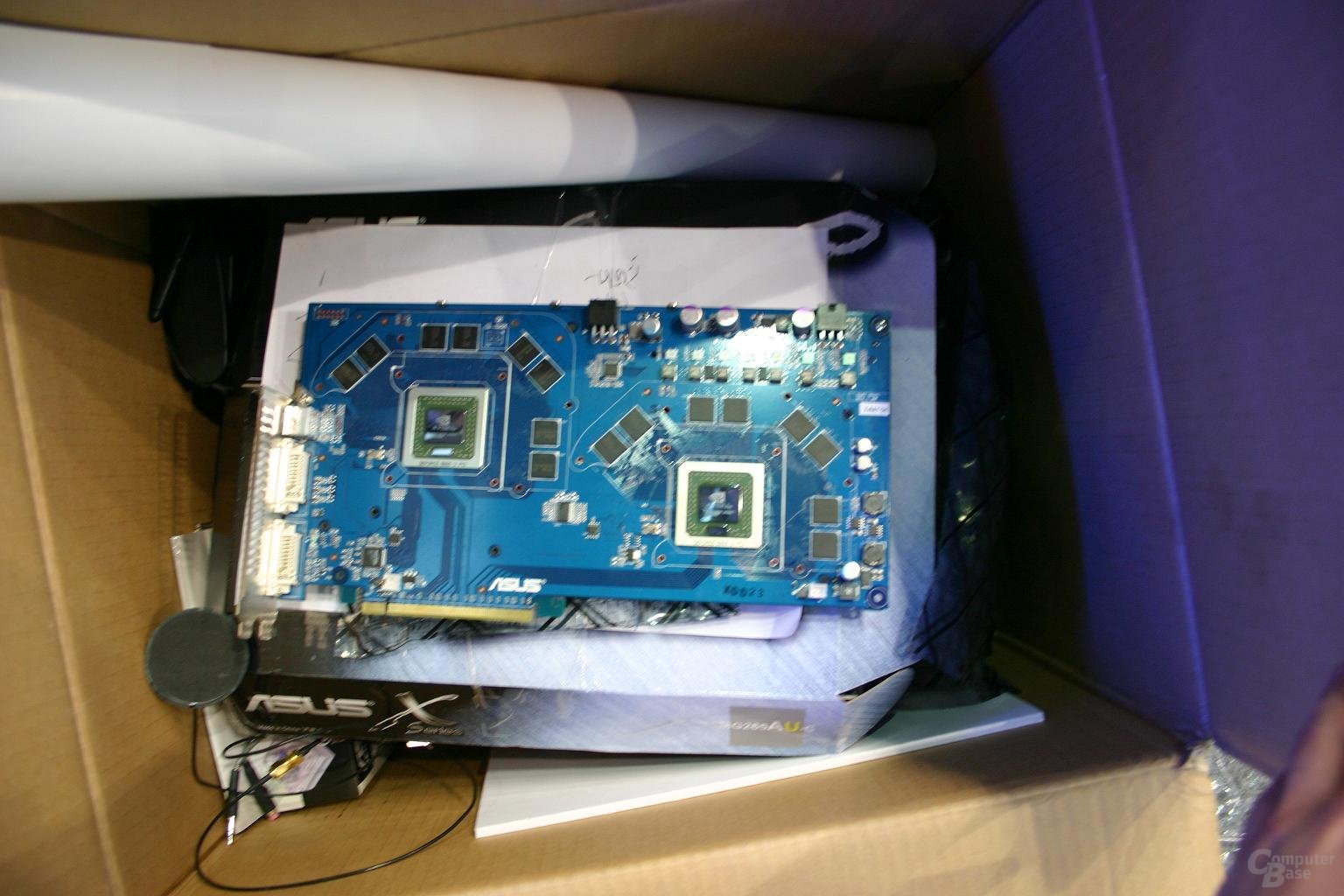
2009: 3-way SLI and Quad-SLI vs. CrossFire X
The ability to have more and more GPUs rendered in the cluster culminated in early 2009 in comparison between Nvidia's 3-way SLI and Quad-SLI against ATI's CrossFire X. The conclusion: Nvidia had micro stutters thanks to new drivers for dual and triple setups somewhat under control, but Quad-SLI and CrossFire not.
CrossFire and SLI in the form of the Radeon HD 4870 X2 and the GeForce GTX 295 have now arrived in the mainstream market and are no longer just for absolute enthusiasts. The techniques are very mature and only cause few problems for the customer. One of these problems is the micro stuttering, which continues to be quite painful, especially for ATi. If there are more than two GPUs, there is currently no way around Nvidia and a 3-way SLI system. The profiles for three computing cores are well optimized and the micro stutters are under control with "brute force".
Overall, we only recommend 3-Way SLI to experienced users who only care about performance. We can only advise against Quad-SLI. The profiles for four cores are rarely good and the scaling is usually below that of the three GeForce GTX 285 cards.
Between 2006 and 2012, SLI and multi-GPU setups had their heyday and were able to secure a permanent place, especially in the systems of real enthusiasts. And Nvidia kept the lead on the micro stutters, as a detailed test in 2013 proved. In order to make the lead more visible, Nvidia even selected the analysis tool FCAT, which was able to record and analyze the output of the graphics card on the I / O panel on a RAM disk, because each frame had been previously color-coded.
2013: GTX 780 Ti SLI vs. R9 290 (X) CF
At the end of 2013, BitcoinMinersHashrate continued to devote itself to the multi-GPU systems, which were incompatible with the mass market but were always eyeing the masses, and which were still very well received by the small group of enthusiasts in 2013. The multi-GPU duel between two Nvidia GeForce 780 Ti and two AMD Radeon R9 290X ended at the time with a classic draw.
Radeon R9 290 (X) in CrossFire mode and GeForce GTX 780 Ti with SLI: No matter which of the three combinations it is, the graphics performance is extremely high. Almost all games can be played smoothly even in 3,840 × 2,160. CrossFire is currently just ahead of SLI when it comes to scaling – but the differences are minimal and negligible.
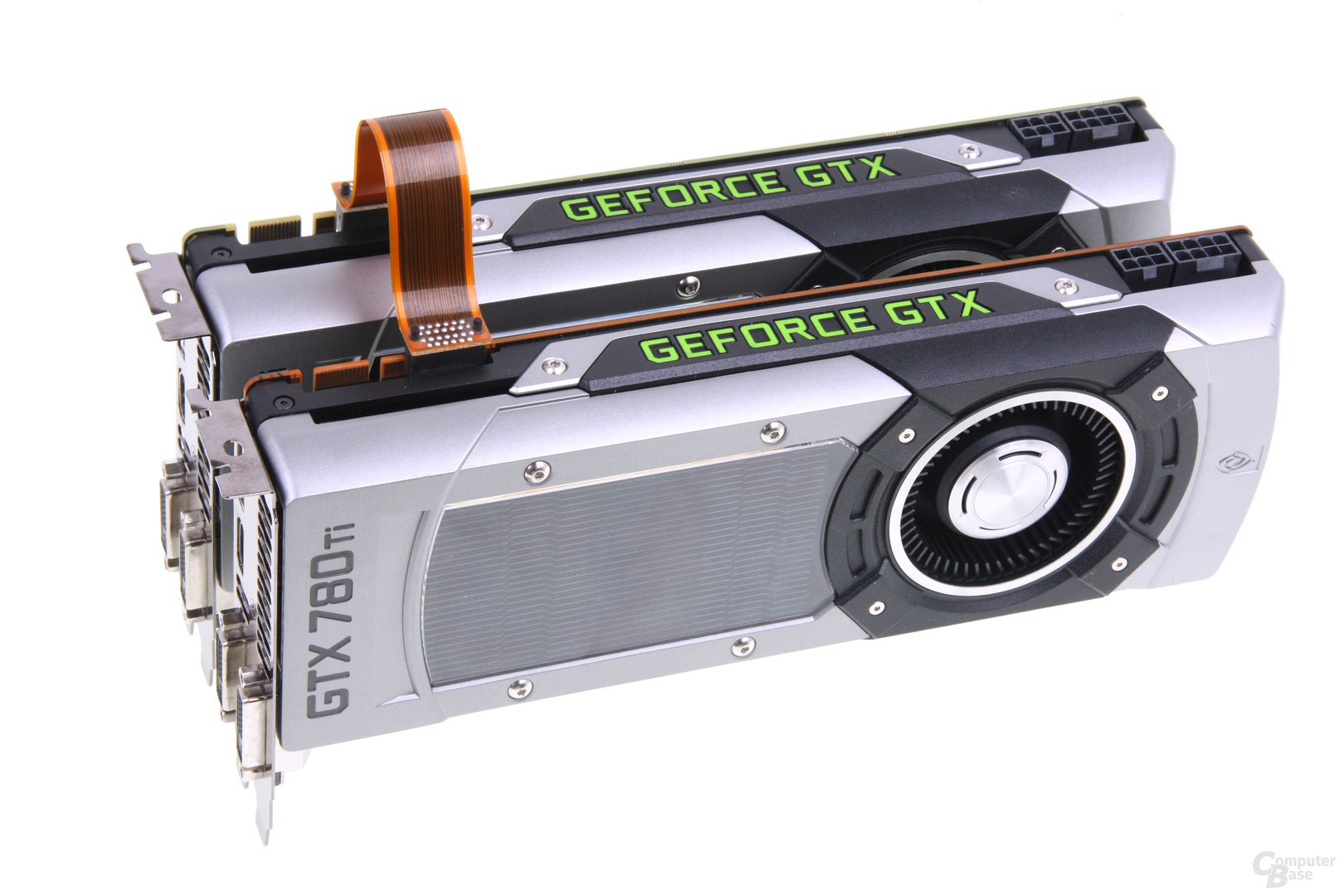
After that, the technology became calmer, both companies crept slowly away. The maintenance of the platforms was simply too time-consuming and expensive, the operation of several GPUs only made sense for enthusiasts while accepting restrictions. Apart from a last duel between two GeForce GTX 980 Ti and two Radeon R9 Fury X in UHD / 12K, which Nvidia was able to narrowly win, it was quieter for SLI and CrossFire. It was a goodbye in installments, even if there was still little hope for DirectX 12 in 2015.
The micro stutters are everywhere. Their characteristics vary from game to game, but play with a graphics card – with then reduced details – almost always feels better. The experience with a multi-GPU system is still not very good in 2015. As long as AMD and Nvidia stick to AFR, nothing will change. However, DirectX 12 promises improvement.
2019: SLI is just a side issue
BitcoinMinersHashrate still reports on enthusiast hardware and SLI when there is something to report. However, apart from the Nvidia SLI-HB bridge in 2016, which leads to fewer micro stutters due to its higher bandwidth from 3,840 × 2,160 pixels, and the quantitative restriction of the SLI network, there were no relevant innovations. Fewer and fewer games were able to cope with SLI or CrossFire.
In 2018, BitcoinMinersHashrate had no choice but to certify SLI and the multi-GPU technology that it was usually fast in the past due to the lack of profiles and support, but today it is mostly bad. Since the test of the Titan RTX with SLI in early 2019, the current status of the once so prestigious technology has been: even 2 × 16 PCIe-Lanes and NVLink do not save SLI.
It is currently uncertain whether there will be a sequel. In the distant future, switching to GPU chips could rather shift the topic of multi-GPU to the package level. With the SLI, as it has been used for the past 15 years, that has nothing to do with it either.
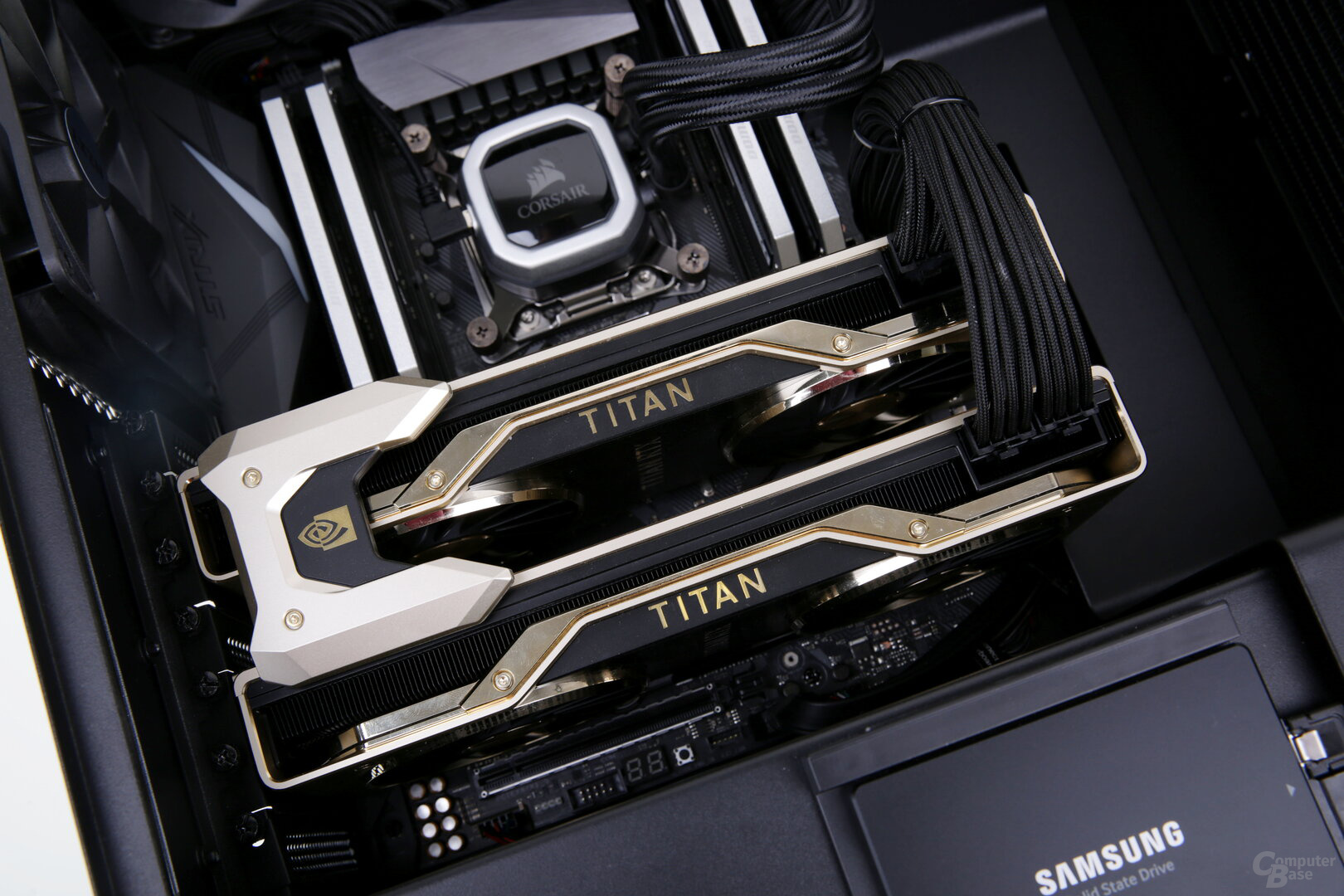
This article was interesting, helpful, or both? The editors appreciate any support in the form of deactivated ad blockers or a subscription to BitcoinMinersHashrate. More on the topic of ads on BitcoinMinersHashrate.







